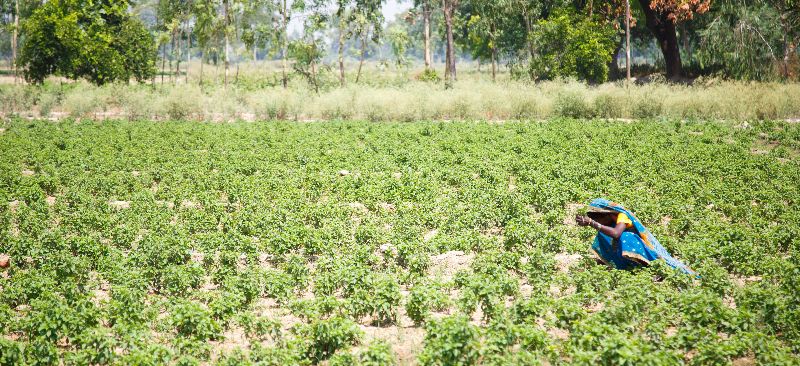Tag: SHGs
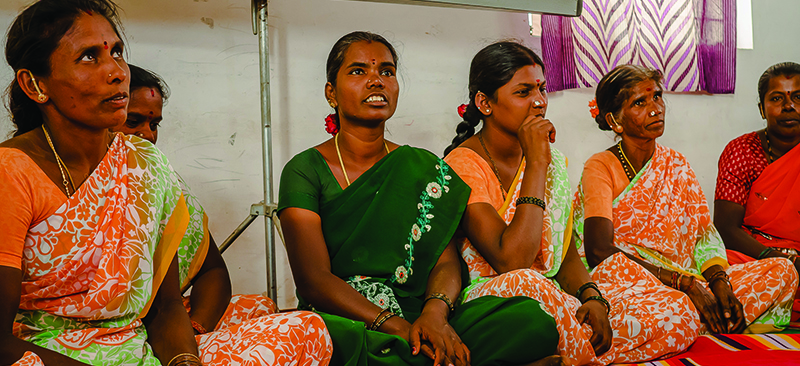
Brett Hudson Matthews and Trivikrama Devi
SHGs should balance or break
In the words of NABARD, “internal savings mobilized by its members is the core of...
Jul 16, 2019
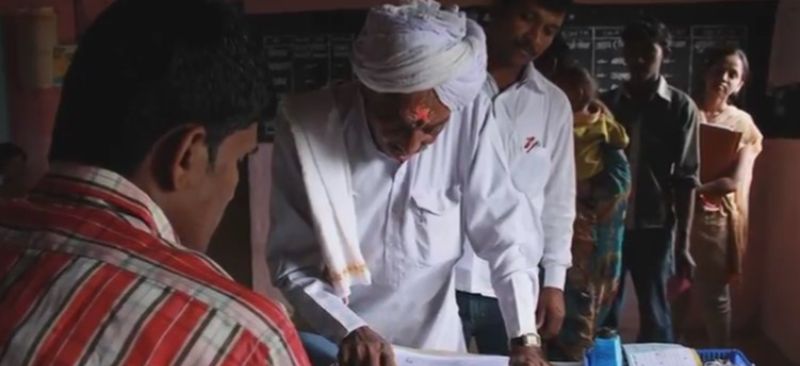
Anjaneyulu Ballem, Trivikrama Devi and Veena Yamini
The Andhra Pradesh Crisis: Clients’ Perspective
This Note focuses exclusively on clients' perspectives, before and after the crisis, gathered by the...
Jan 7, 2011
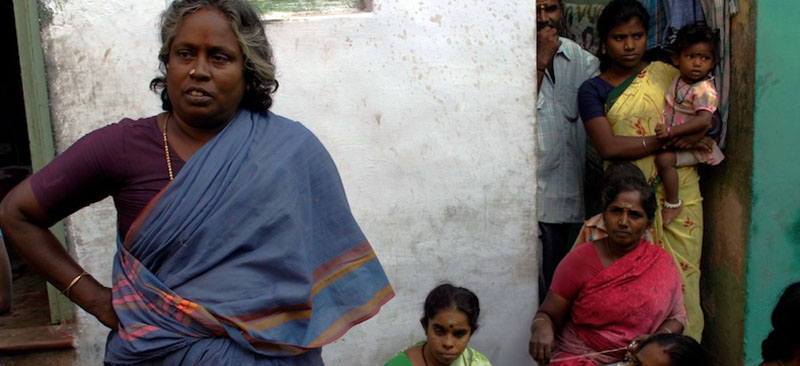
Alphina Jos, Minakshi Ramji, Shivshankar V and Stanley Thomas
Relative risk to the savings of the poor in Tamil...
In order to understand how poor people save and the relative risks involved, MicroSave conducted...
Jan 5, 2011
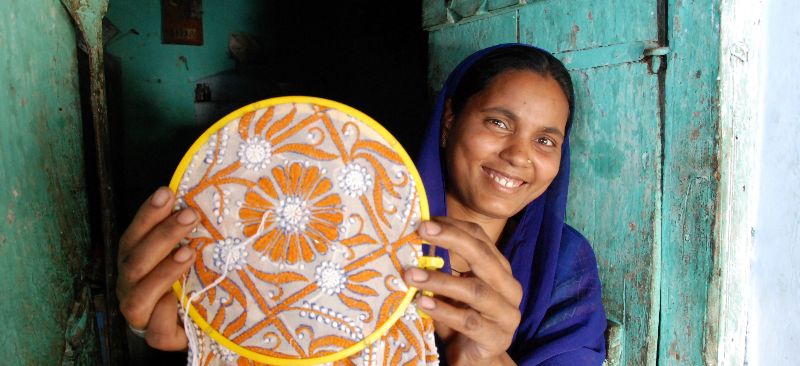
Anjaneyulu Ballem and Denny George
SHG Audit – A Field Balance Sheet Approach
This note details the pioneering "Field Balance Sheet Approach" towards auditing SHGs. It provides a...
Nov 4, 2010
- 1
- 2

